Sightseeing Spots
Search Results314
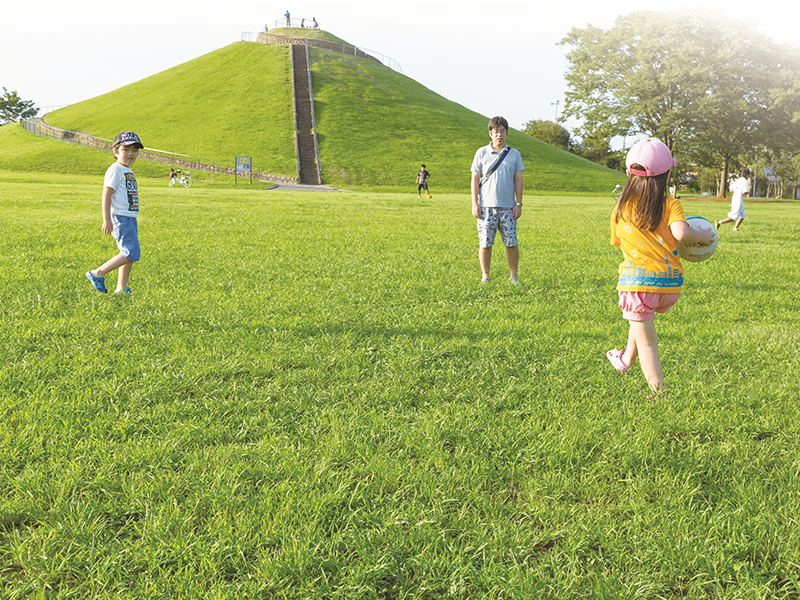
From the top of the park's symbol, the 16-meter high "Yoshikawa Mount Fuji," you can enjoy a panoramic view of the city. On a clear day, you can see the Tokyo Sky Tree and, if you're lucky, you can even see the real Mount Fuji! The majority of the park is covered by green lawn, making the park feel spacious and open.
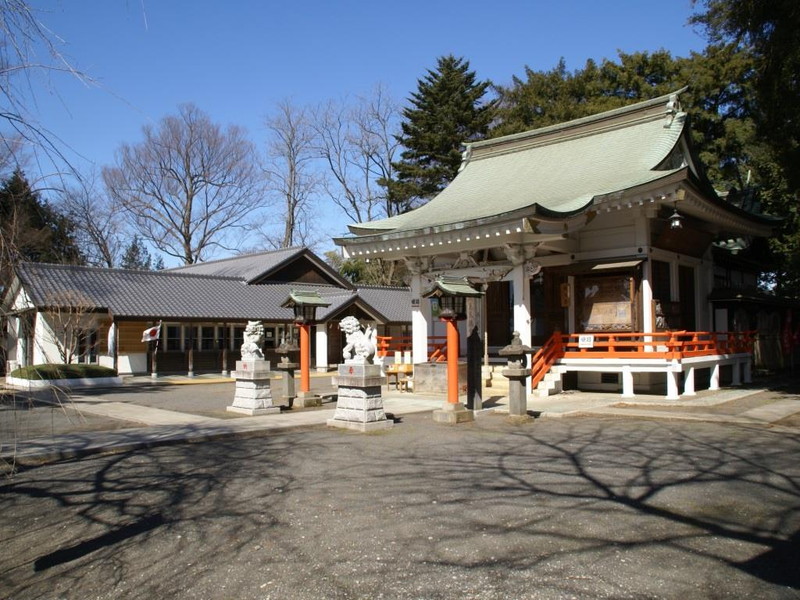
This historical shrine is said to have been founded by Jikaku Daishi Ennin in 849 (Kashō 2). Goshuin (red seal stamps) are also available for visitors.
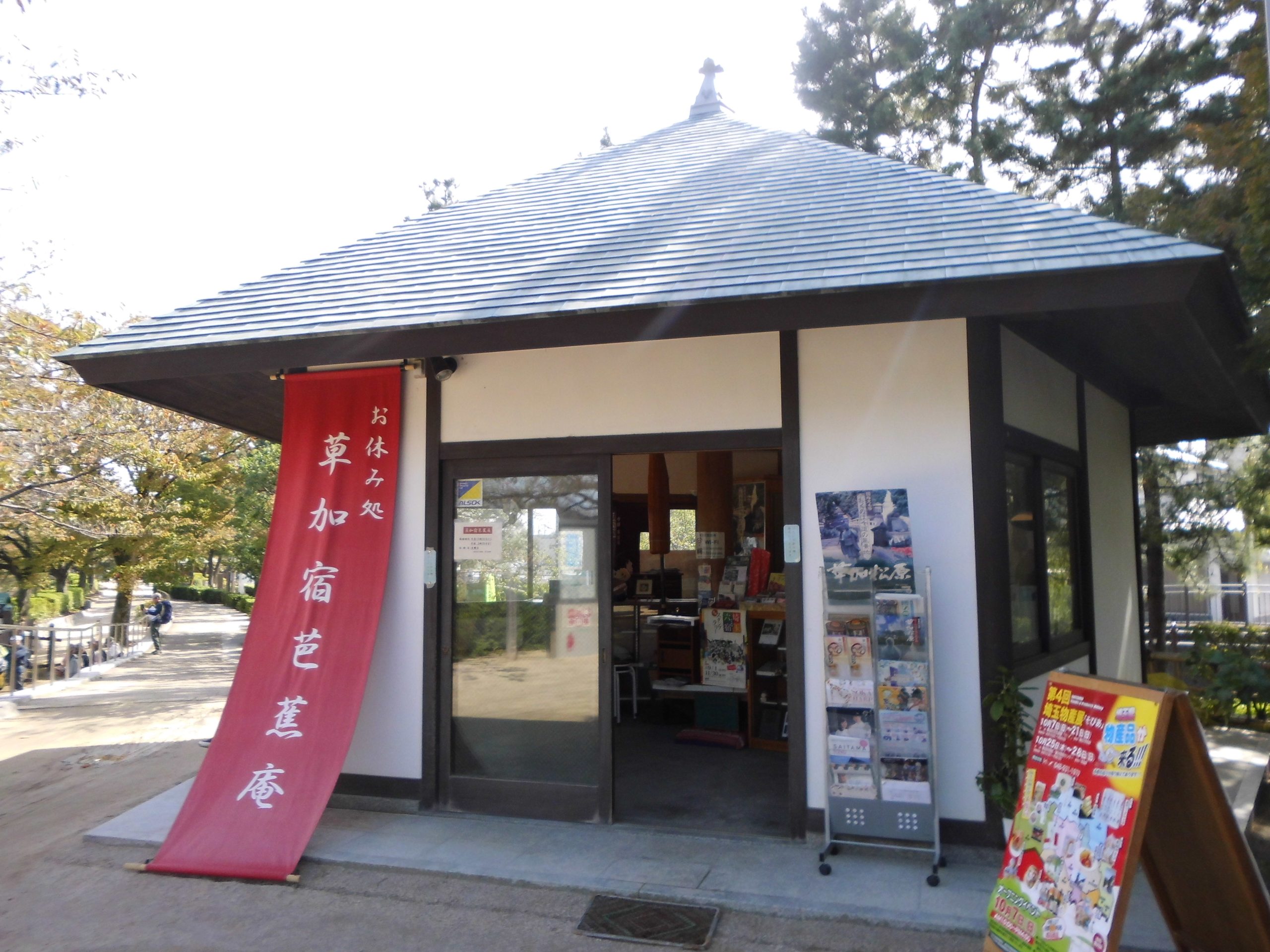
This old rest facility made from local cedar and cypress wood was renovated and reopened on May 16th, 2018 as "Oyasumi Dokoro" (the rest spot). They sell local products such as Sōka Senbei (rice crackers) and provide plenty of tourist information, making it a great starting place for any traveler in the area.
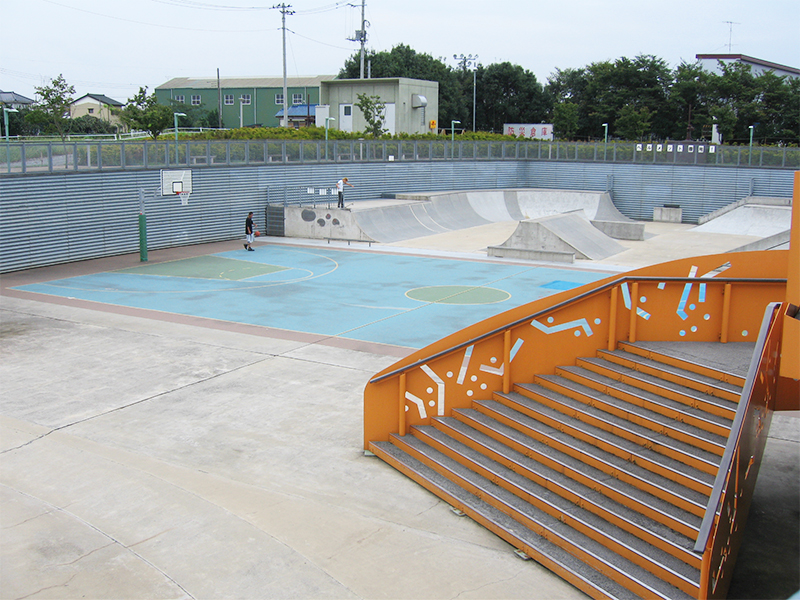
A park born from a conversation between the city mayor and a young participant of a Coming of Age Ceremony, it features a skate park, basketball court and an outdoor stage, making it rare within the prefecture. During heavy rain, the park becomes a regulation pond to reduce flood damage to nearby houses.
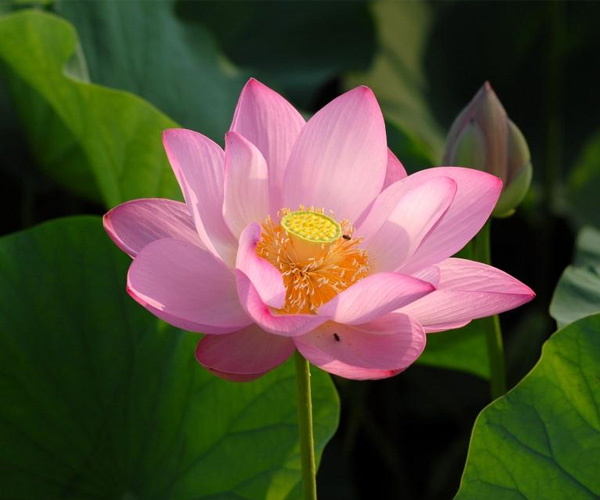
Around 200 flowers bloom here during peak season. Based on analysis, this is an ancient variety of the lotus flower, and while the exact age cannot be determined, it is estimated to be a variety from the Heian period, around 1,200 years ago. The best time to see them is around early to late July, when the flowers begin to bloom at around 5AM. Since the pond is located in the middle of a residential area, please keep quiet when visiting.

You can experience indigo dyeing, choosing between a handkerchief or bringing in a small item of your own! Dyeing experience participants are also free to visit the adjoined archive museum.
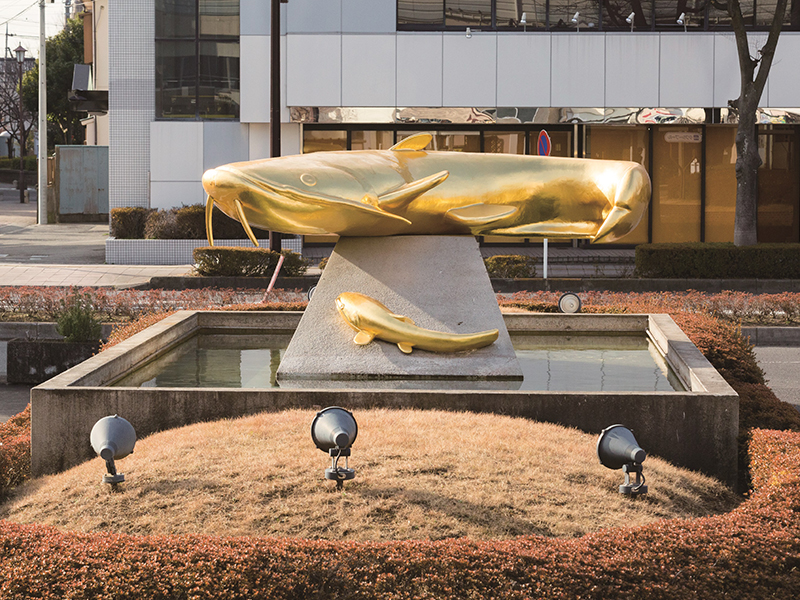
This monument of a golden catfish, the symbol of Yoshikawa City, is proudly displayed in the Yoshikawa Station South Exit rotary on the JR Musashino Line. It welcomes visitors to Yoshikawa City, which promotes itself as the "home of the catfish." It was created by Kazumi Murose, a lacquer artist considered a "national living treasure," and was installed on May 9th, 1995.
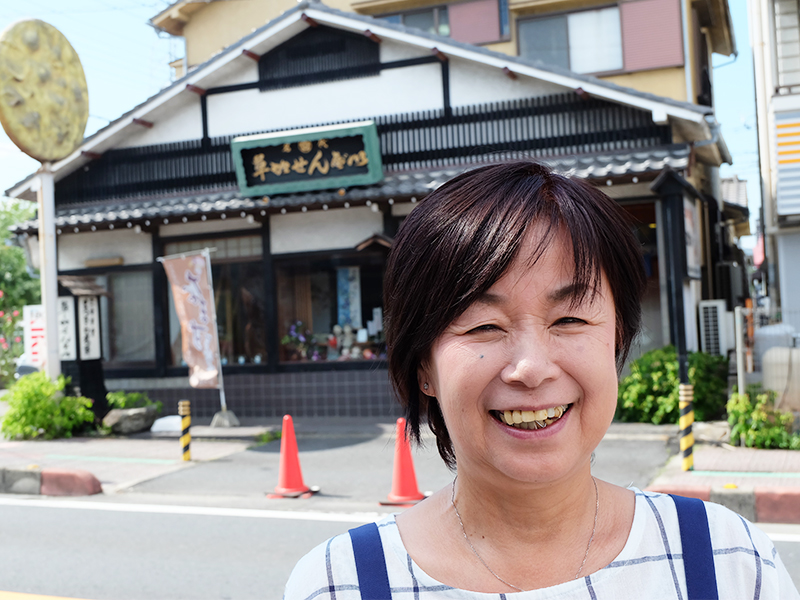
This is a long-established rice cracker shop recognized by its large signboard. The cute "namazu sembei (rice cracker)" in the shape of a catfish symbolize Yoshikawa, the home of the catfish, and is a popular souvenir. Another favorite with many repeat customers are the Yoshikawa Chips, made with 100% Yoshikawa-grown rice flour and deep-fried in a secret recipe of soy sauce and vegetable oil. Both products have been certified as premium brands by Yoshikawa City.
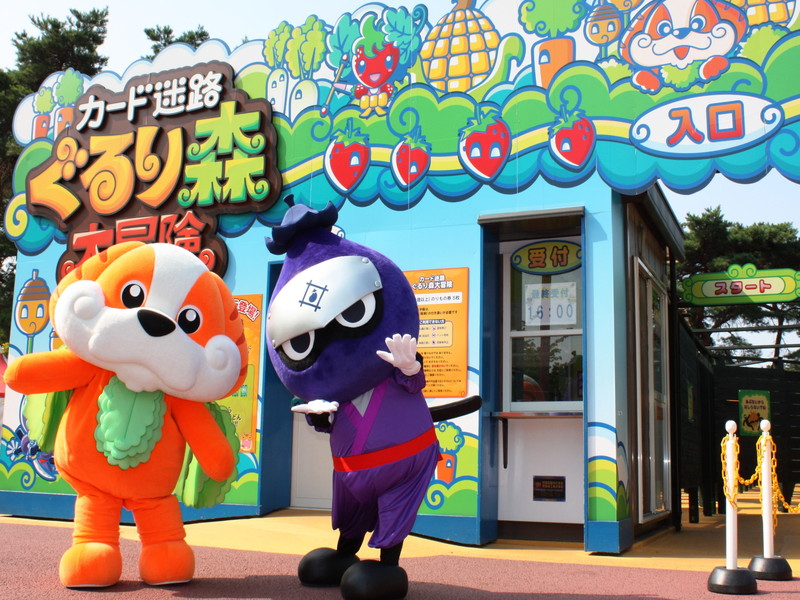
Harvesting experience events are held throughout the year, with tomato and strawberry picking in the spring, eggplant and blueberry picking in the summer, chestnut picking and sweet potato digging in the autumn, and harvesting broccoli, onions, and radishes in the winter. Also, barbecue, camping (mess kit for rice making), and Kazo City’s famous handmade udon workshops are available. From late March to the end of November, there are stage shows of popular children's characters such as Pretty Cure, Kamen Rider and Anpanman. The shows take place on the outdoor stage on clear weather days, and inside the family building hall on rainy days.

The waters of this hot spring contain no sodium, classifying it as a "simple" alkaline hot spring, a rarity in the Kanto region. The color of the water is dark brown but sparkles gold when hit by sunlight. Soaking in the hot spring will make your skin smooth, and you are guaranteed to have a relaxing time.
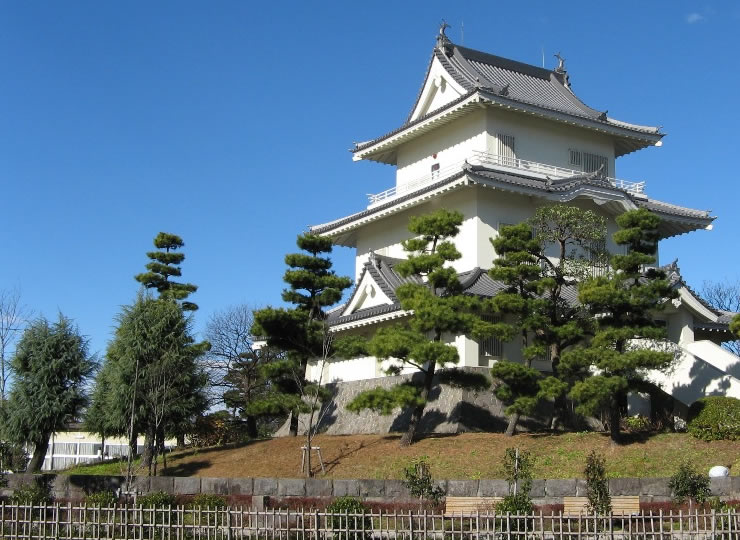
The original Kisai Castle was a one-story building enclosed by earthworks and walls, and it was restored as a castle with an impressive keep. Local collections of the unearthed artifacts and historical collections found through the excavations of the Kisai region are displayed in the exhibition room.
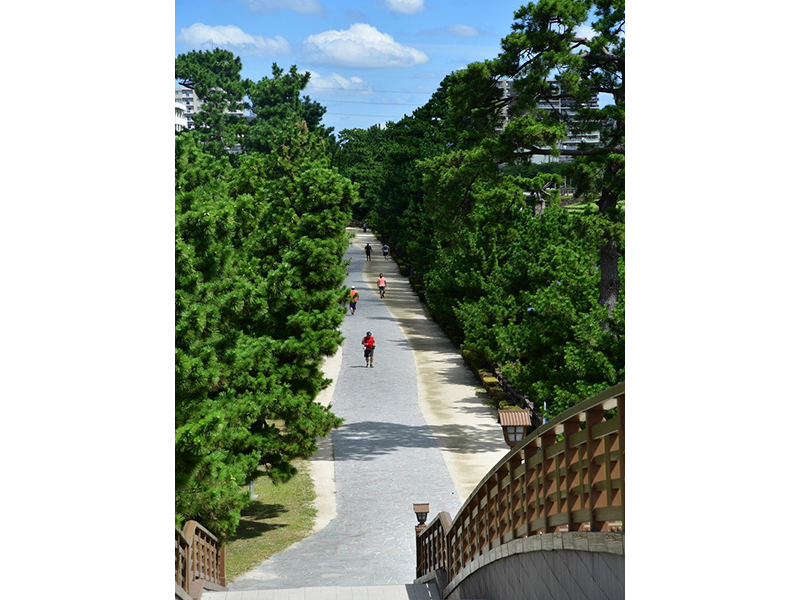
These twelve cities and towns and thirteen places of scenic beauty related to Matsuo Bashō’s “Oku no Hosomichi” have been recognized as influencing the scenery and lives of future generations, while preserving the elegance and atmosphere of ancient times. Collectively, these areas have been appointed as one of the top scenic spots in the country.
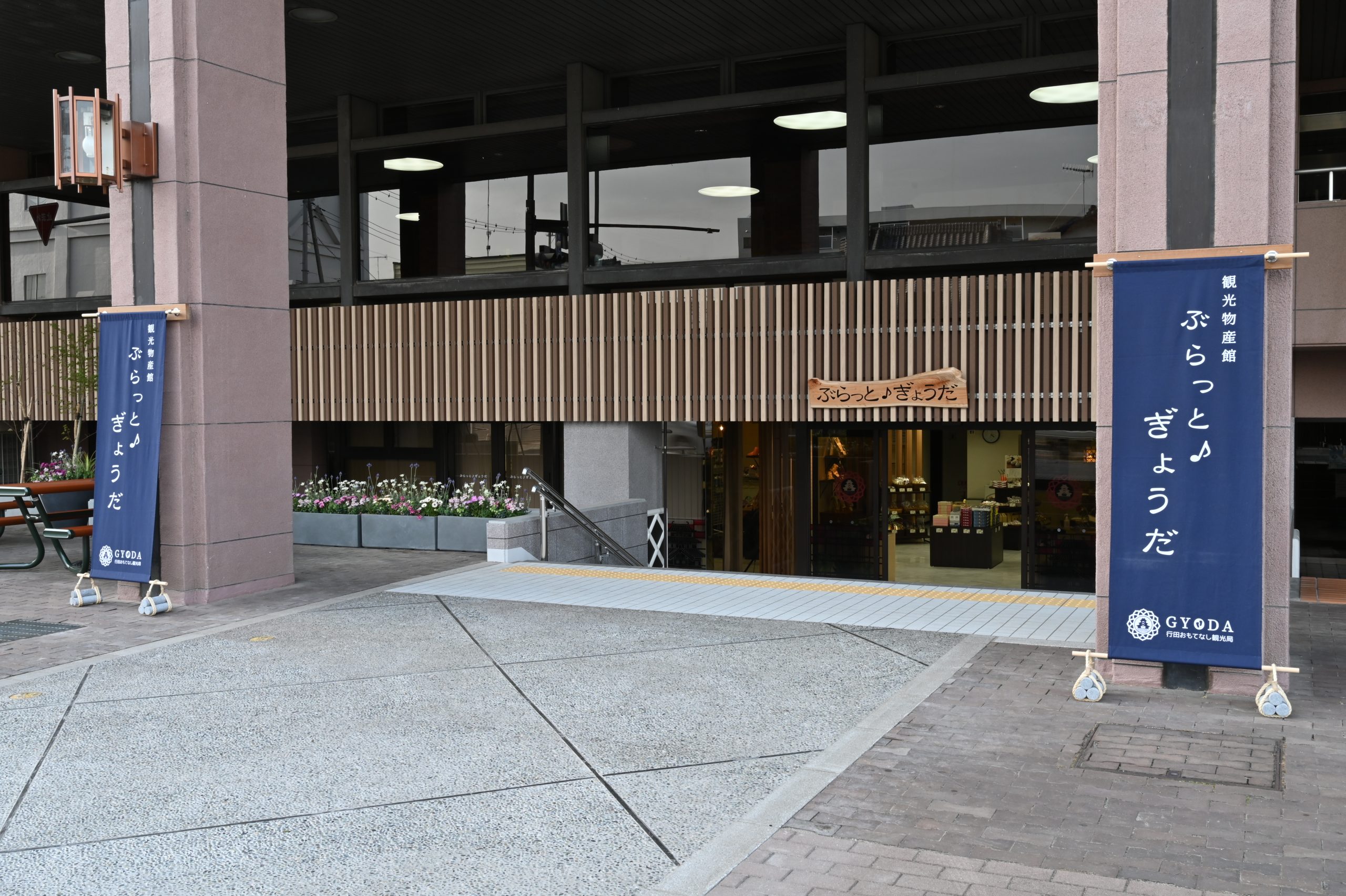
Reopened in April 2021 as a tourism and souvenir center! This store has a modern Japanese atmosphere that stays true to Gyoda City, which has been recognized as a Japanese Heritage site. There are a wide range of 150 different types of products available for sale from around 50 brands, including local goods such as fashionably designed tabi (split-toed socks), Minamikawara slippers made of colorful fabrics from Africa and other foreign countries, "Gyoda no gyoza" (dumplings) made from local flour, Narazuke pickles, Jumangoku Manju (steamed bun), Wataboku Milk, and more. So can also rent bicycles here, so be sure to stop by on your way to sightseeing.
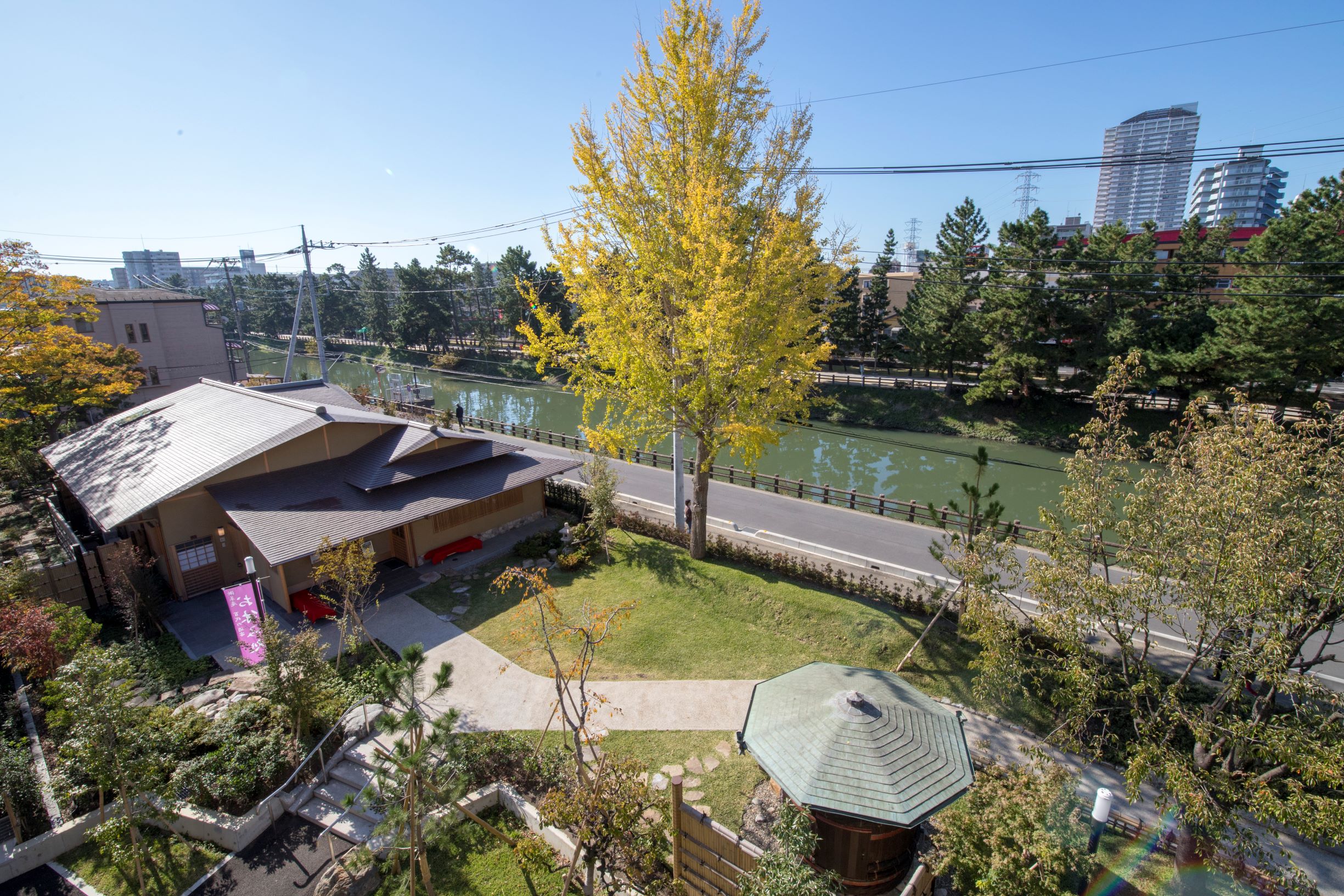
This single-floor wooden house, built using the 'Sukiya' architectural style, has been praised and written about by the Japanese literature researcher Donald Keene. The facility now serves as a place to introduce the Sōka area's culture of tea ceremony, flower arrangement, and classical instruments such as koto and shamisen. Furthermore, the facility is also open as a resting area where visitors can enjoy a cup of tea for a small fee.
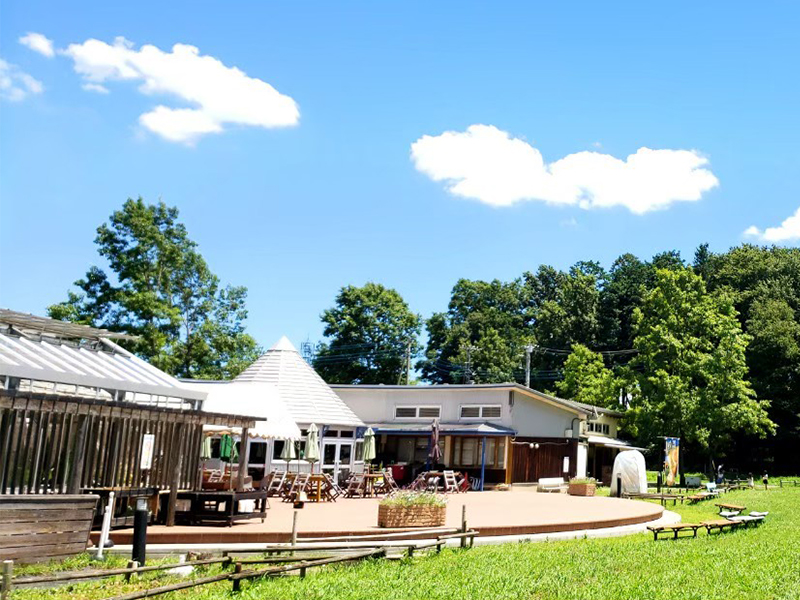
Atarashii Mura, or The New Village, is an agriculture-themed tourist facility. There is a market in the facility called "Mori no Ichiba Yui" that sells fresh vegetables produced by the local farmers of Atarashii Mura. There is also a cafe called "Mori no Cafe," where visitors can enjoy a drink or light meal. Lastly, at the facility, "Noh no Ie," they host hands-on experiences and lectures on agriculture and food, offer facility rentals, and have an herb garden of more than 100 different species where hands-on harvesting experiences for lavender and mint are available. They also grown their own rice, a popular product.
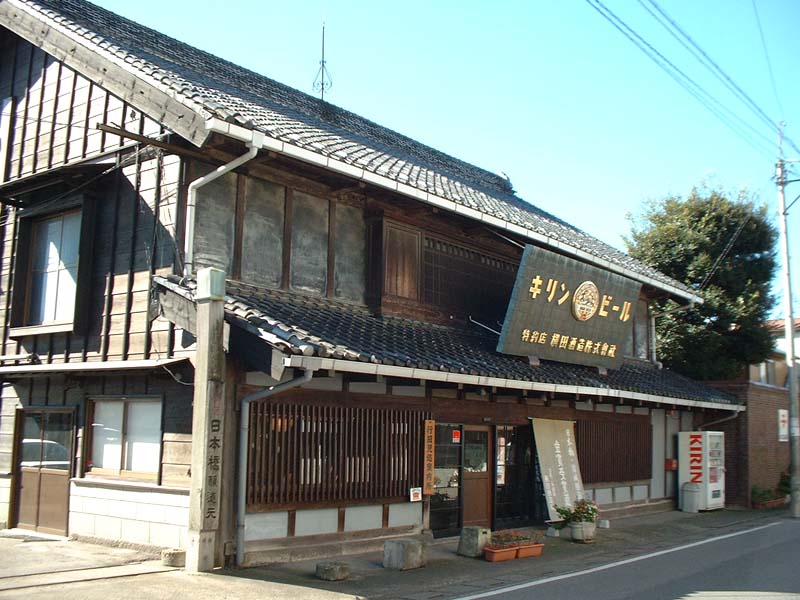
This brewery was established in 1805 when Omi merchant, Shoemon Yokota, traveled from Edo to Gyoda City in search of good water. The area closest to Tone River and Arakawa River was found to have plentiful groundwater and this brewery continues to produce exquisite sake made from it. Employing Nanbu-style brewing techniques, known for producing a high quality Ginjo sake, they produce sake in which one can taste the spirit of the brewer, a highly regarded "sake of excellence."

This is a private museum exhibiting ’Shishimai' (traditional lion dance), featuring authentic lion masks, costumes, documentation, performance videos from all over the country and local toys related to the lion.
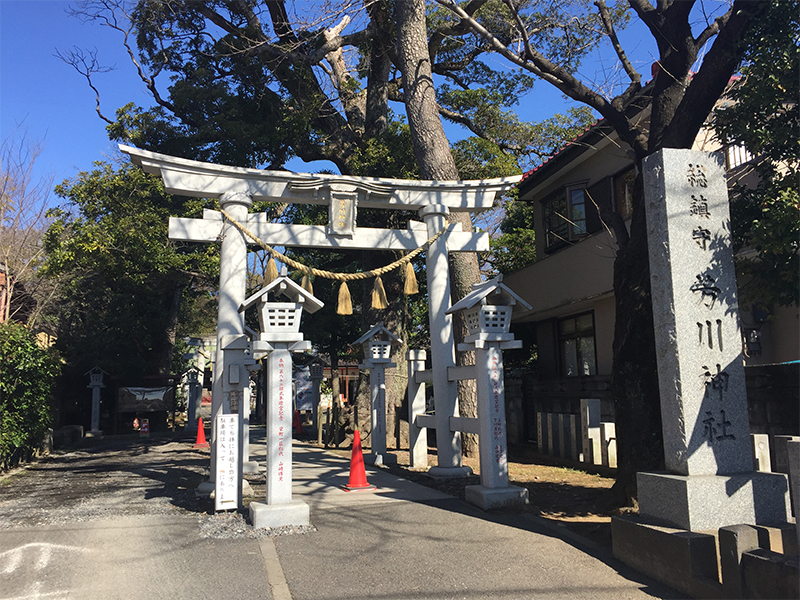
In 1187, the Yoshikawa clan reestablished this shrine as the Ujigami Suwa Shrine for indigenous deities. The shrines within the precincts include Yasaka Shrine, Furumine Shrine, Inari Shrine, Matsuo Shrine, Yoshikawa Tenmangu Shrine, Suijingu Eight Great Dragons, and Shikato Daimyojin. The old Shimotsuma Highway runs behind the shrine, and a Japanese bay tree in front of the precincts and a large camphor tree in the rear tell the shrine's long history. Every July, the shrine holds the Yasaka Festival, which has a history of about 400 years. The highlight is the "abare mikoshi," portable shrines that are carried and thrown high above the heads of the bearers for a spectacular sight.
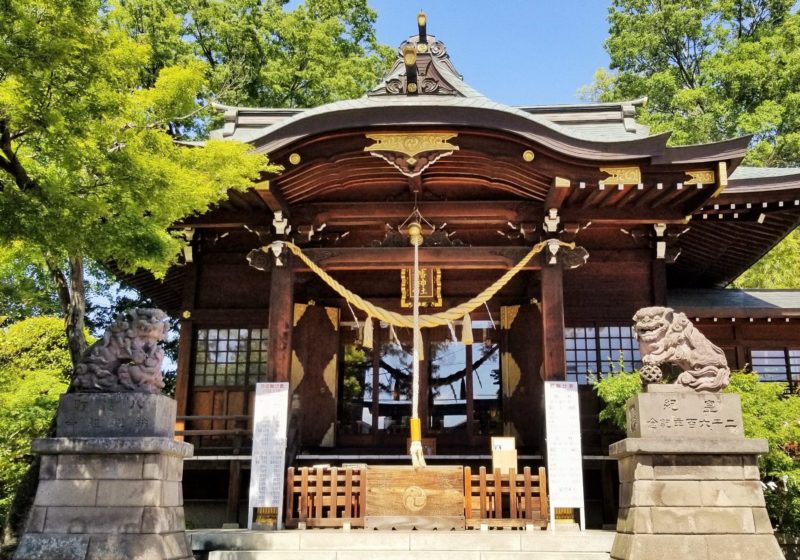
Gyōda Hachiman Shrine is called “Fūji no Miya" (Palace of Sealing) for its secret prayer method which is believed to help children sleep, prevents nervousness, cancer, diseases, bad habits and dementia in the elderly. In the precincts, there is a “shrine of the eyes,” the Kasamori Inari Shrine which enshrines the god of eczema and beautiful skin, along with “Okuninushi Shrine” that enshrines Oshi Castle’s 7 lucky gods. Recently, the “nade momo” (patting peach) is said to be a place for spiritual energy, and is famous for the god of warding off suffering from illness and misfortune.
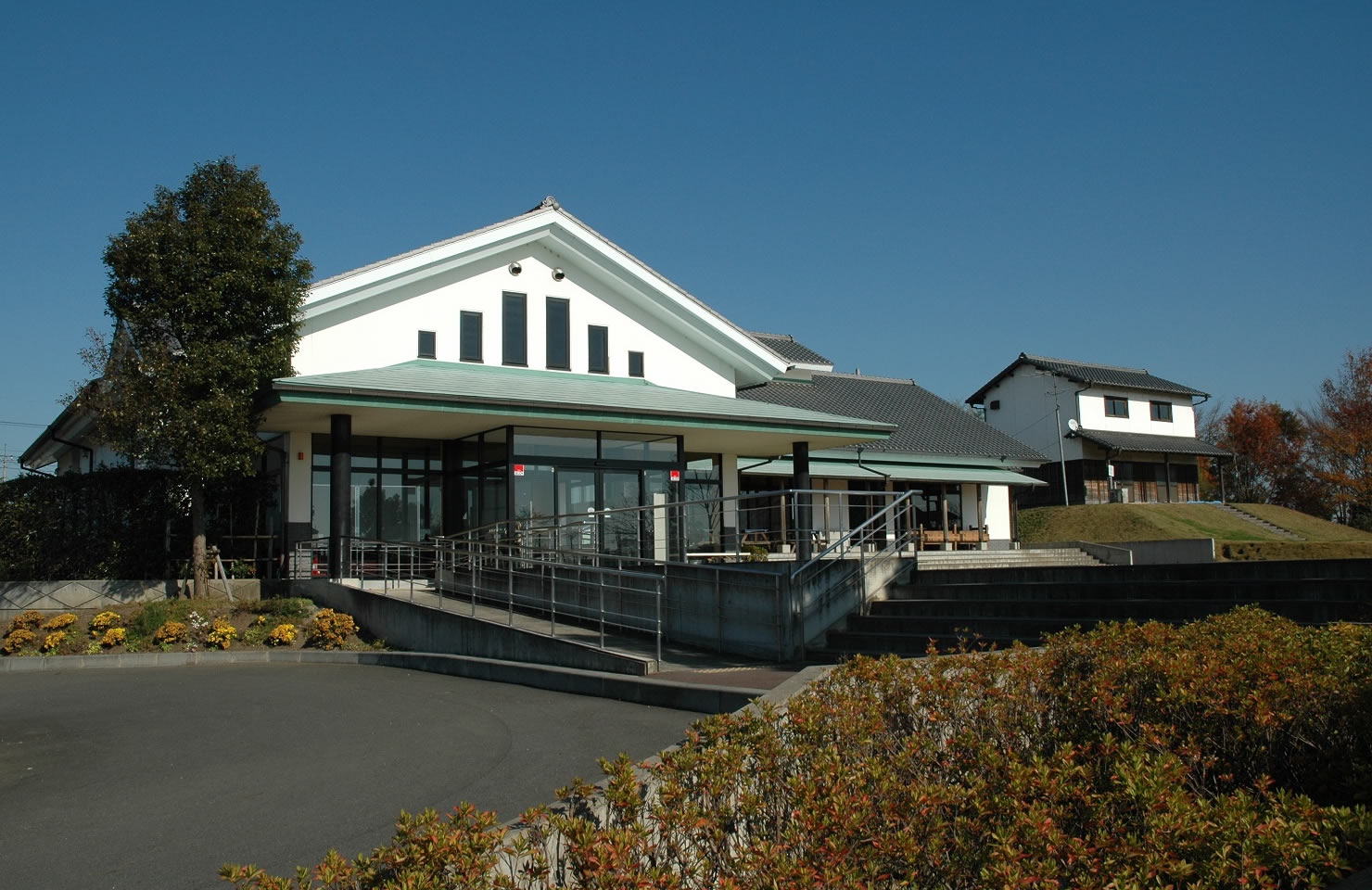
At this facility visitors can get a farming experience not obtainable in the city, such as rice growing and vegetable harvesting. Become the owner of your own rice field and plant and reap your own rice, or experience harvesting greenhouse strawberries. In the attached Kitagawabe History Museum, there are agricultural tools on display created from the wisdom and ingenuity of predecessors.
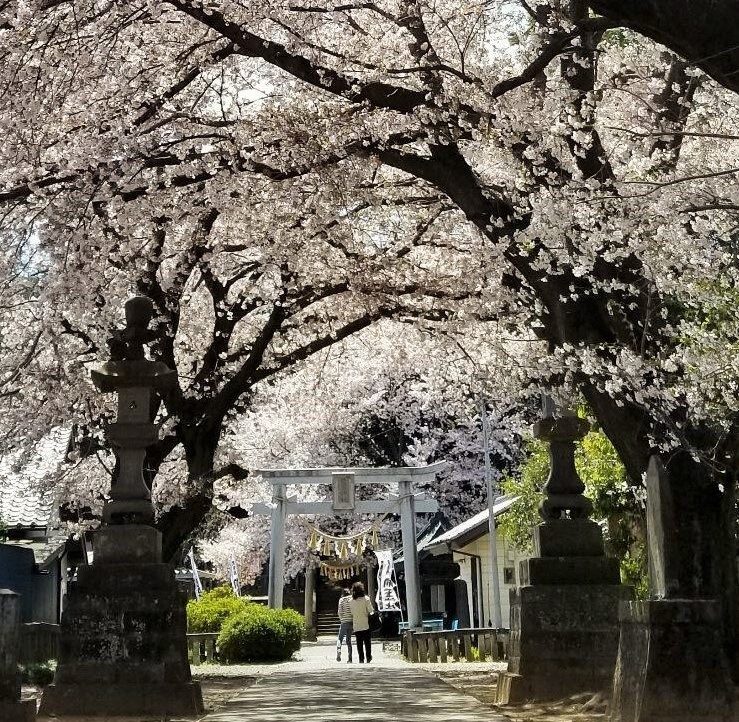
Sakitama Shrine is an ancient shrine with a majestic and calm atmosphere which holds a history of a thousand and a few hundred years, and is the origin of Saitama Prefecture's name. The main building of the shrine has a height of 8.7 meters, a circumference of about 92 meters, and is built on top of a megalith tomb (kofun) called Sengenzuka, connected to the Saitama Kofun Group. The deity has two pillars: Sakitamahime-no-mikoto and Sakitamahiko-no-mikoto, gods that protect individuals and bring good fortune and success in matrimony. Recently, a popular limited edition go-shuin (seal stamp) with a motif of the 4 cats that reside in the shrine is available (every month on the 22nd including a few days before and after).
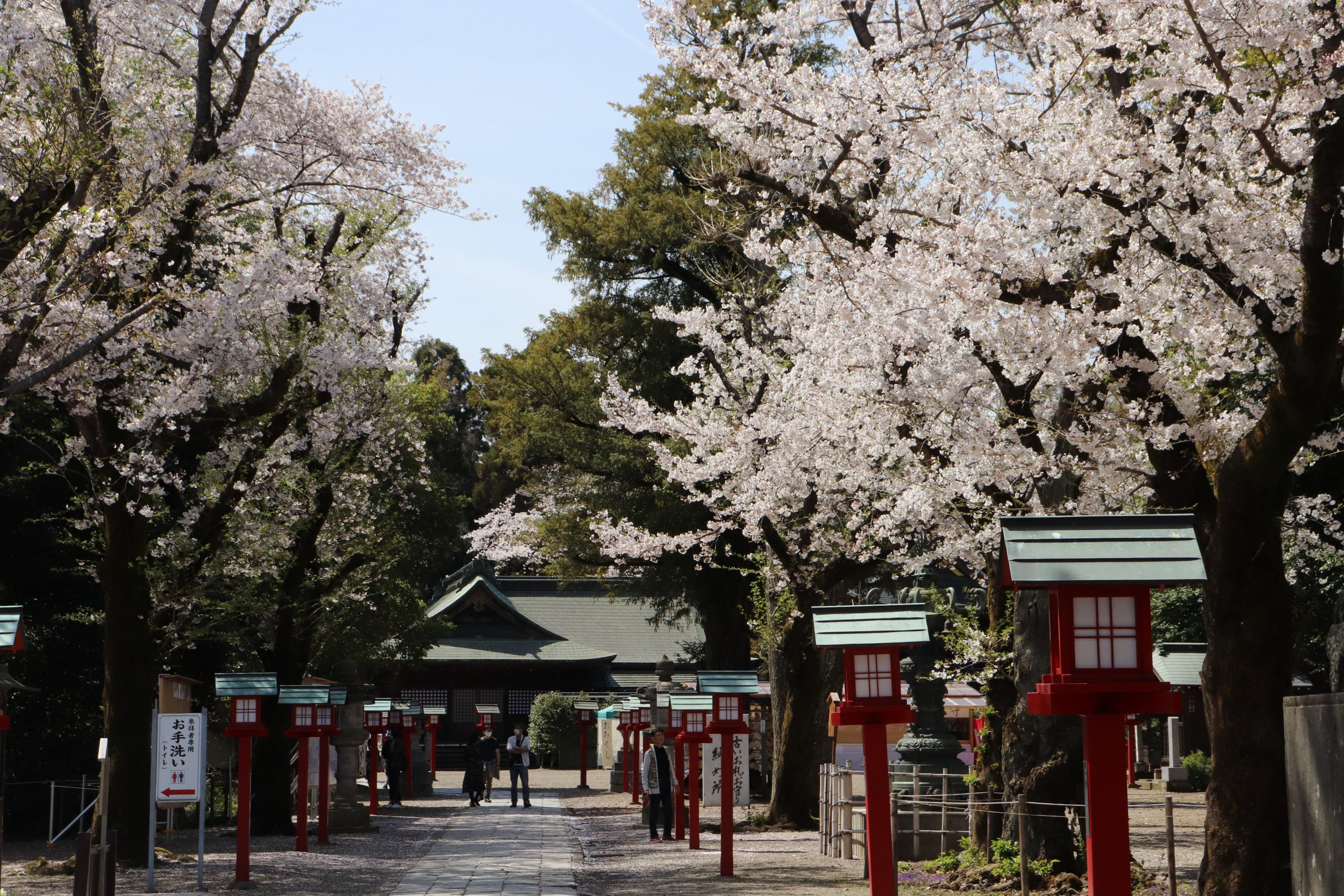
This is the oldest grand shrine in Kanto. It is said to have been founded by descendants of the Izumo family because of its old nickname, Hazenomiya; another theory is that it was established by Yamato Takeru 1900 years ago in the time of Emperor Keikō. The Washimiya Saibara Kagura music and dance is a tradition in the shrine and is designated as an important intangible folk cultural property of the country. The shrine also appears in the animation “Lucky Star,” and Washimiya shrine uses this connection to the work to revitalize the area.
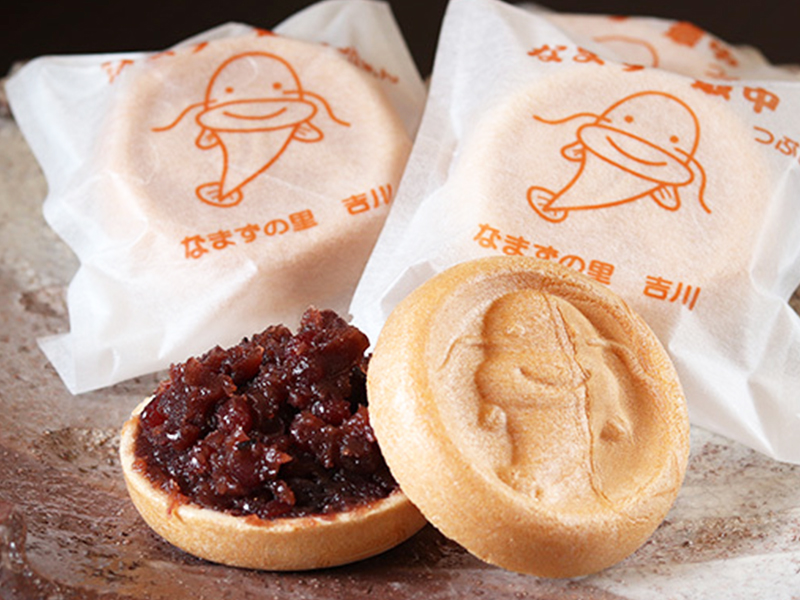
A well-established Japanese sweets shop in Yoshikawa City that has been in business for 60 years. It was relocated to behind Yoshikawa Shrine and reopened in 2019. The famous "Namazu Manju," made from homemade red bean paste cooked with a rare attention to detail, makes for a perfect souvenir. We also recommend the "Namazu Monaka" to compare the taste of smooth and coarse red bean paste, and the dango (rice flour dumplings) made fresh to order.

Sakitama Kofun Park is home to nine large megalithic tombs (kofun), such as the "Inariyama Kofun," where the national treasure the "Iron Sword with Golden Illusions" was excavated, and the largest kofun in Japan, "Maruhakayama Kofun," a popular cherry blossom spot. Gyoda City Sakitama, where the park is located, is also known as the origin of Saitama Prefecture's name (the characters for "Sakitama" are also read as "Saitama"), and you can see the stone monument commemorating this in the park.
This site uses cookies to improve the user experience. If you continue to browse, you consent to the use of cookies on this site. Accept
CONTACT
